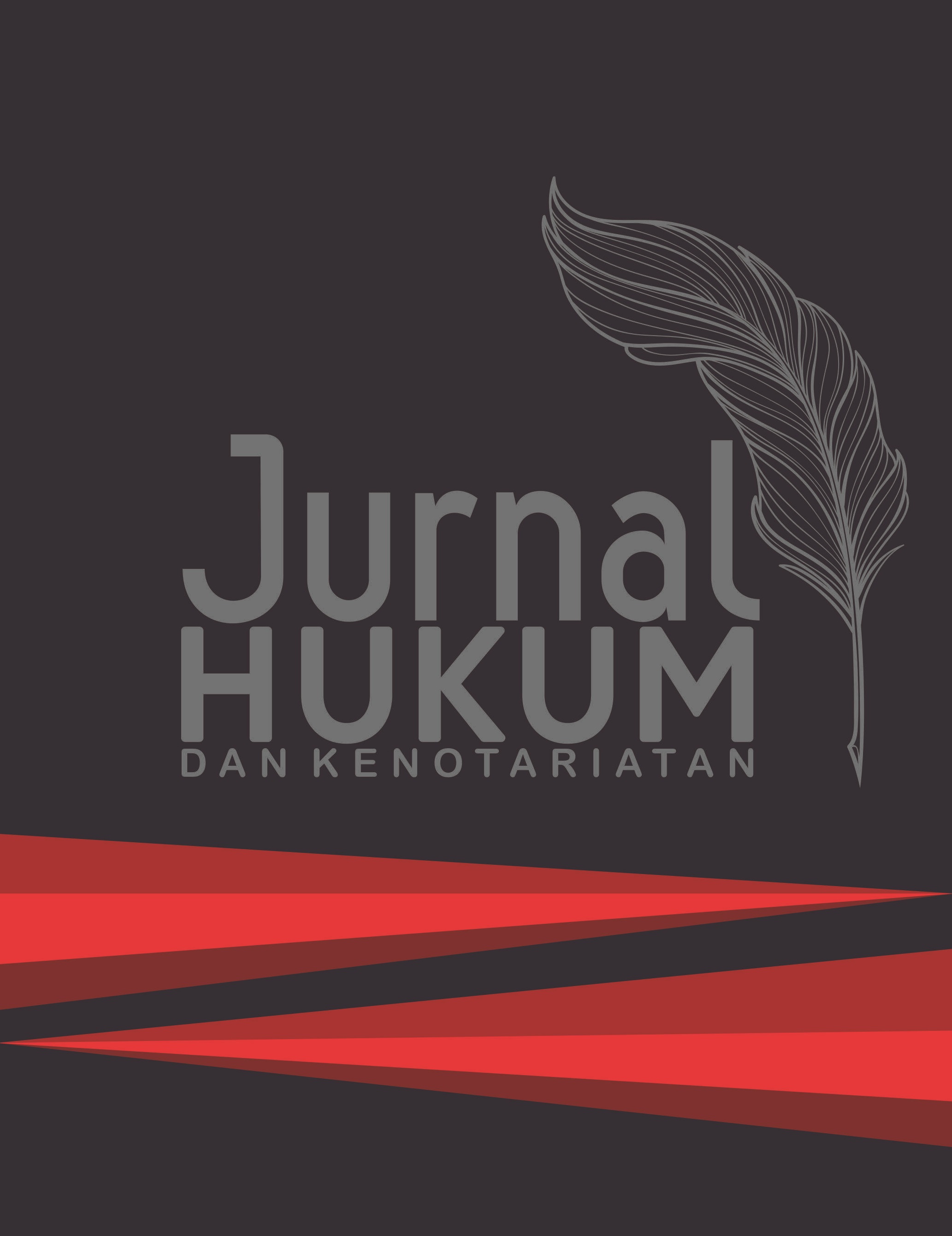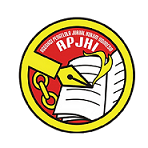KONSTRUKSI FILOSOFIS HALUAN NEGARA DIKAITKAN DENGAN HUBUNGAN ANTARA MPR DAN PRESIDEN SEBELUM DAN SESUDAH AMANDEMEN UUD 1945
DOI:
https://doi.org/10.33474/hukeno.v6i1.15216Abstract
Â
Adanya wacana untuk menghidupkan kembali Garis besar Haluan Negara (GBHN) yang digagas oleh para elit politik menarik untuk dikaji, mengingat sistem demokrasi di bawah Undang-Undang Dasar 1945 ( UUD 1945) sebelum amandemen menganut sistem demokrasi tidak langsung, sedangkan pada saat ini di bawah UUD 1945 amandemen menganut sistem demokrasi langsung, terbukti dalam UUD 1945 amandemen ini memberikan jaminan bahwa semua anggota perwakilan harus dipilih dan tidak ada yang diangkat lagi. Penelitian ini mengkaji dua hal yaitu status presiden terhadap MPR jika PPHN tetap dilaksanakan dihadapkan dengan status Presiden terhadap rakyat dalam rangka janji janji para calon presiden dan wakil presiden saat mereka menawarkan program kerja dalam rangka pemilihan umum demi menegakan demokrasi secara langsung, akan berjalan secara efisien dan efiektif dalam penyelenggaraan negara. PPHN yang dibuat oleh MPR akan lebih bersifat berkelanjutan seperti halnya GBHN pada masa lalu, dimana bisa bertahan sampai 30 tahun. GBHN bisa terjadi disebabkan pada masa Orde Baru tersebut penguasanya adalah partai dan rezim pimpinan Soeharto yang terus menerus berkuasa sehingga praktis GBHN bisa berkelanjutan, sedangkan saat ini dimana penguasa bisa berbeda-beda tergantung hasil pemilihan umum, sehingga anggota MPR, DPR yang juga merangkap anggota MPR dan presiden bisa berubah-ubah sehingga diprediksikan tidak akan bisa menjamin PPHN berkelanjutan
Kata-Kunci: PPHN, MPR, Presiden, Demokrasi
The existence of a discourse to revive the Outline of State Policy (GBHN) which was initiated by the political elite is interesting to study, considering that the democratic system under the 1945 Constitution (UUD 1945) prior to the amendments adopted an indirect democratic system, whereas at present it is under the 1945 Constitution. The 1945 amendment adopts a direct democracy system, as evidenced in the 1945 Constitution this amendment provides a guarantee that all members of the representative must be elected and no one is appointed again. This study examines two things, namely the status of the president against the MPR if the PPHN continues to be implemented in the face of the President's status against the people in the context of the promises of the presidential and vice presidential candidates when they offer work programs in the context of general elections to uphold democracy directly, will run efficiently and effective in the administration of the state. The PPHN made by the MPR will be more sustainable like the GBHN in the past, which could last up to 30 years. The GBHN could occur because during the New Order era the rulers were the party and regime led by Suharto, which continued to rule so that the GBHN could practically be sustainable, while at this time the rulers can vary depending on the results of the general election, so that members of the MPR, DPR are also members of the MPR. and the president can change so that it is predicted that he will not be able to guarantee a sustainable PPHN.
Keywords: PPHN, MPR, President, Democracy
References
Achmadi Ali dan Wiwe Heryani. (2012). Menjelajahi Kajian Empiris terhadap Hukum (Pertama). KENCANA: KENCANA.
Anggraini, Y., Yasir, A., & Ridlwan, Z. (2016). Perbandingan Perencanaan Pembangunan Nasional Sebelum Dan Sesudah Amandemen Undang-Undang Dasar 1945. FIAT JUSTISIA:Jurnal Ilmu Hukum, 9(1), 74–88. https://doi.org/10.25041/fiatjustisia.v9no1.589
Ardanareswari, I. (2020, April). Repelita ala Orba: Pembangunanisme yang Mengandalkan Modal Asing. Tirtoid.Ekonomi.
F Isjwara. (1980). Pengantar Ilmu Politik (7th ed.). Bandung: Binacipta.
Hadi, D. W., & Kusuma, G. (2006). Propaganda Orde Baru 1966-1980. Jurnal Sosioteknologi, 1, 40–50.
Irwansyah. (2020). PENELITIAN HUKUM Pilihan Medode & Praktik Penulisan Artikel (Pertama; A. Yunus, Ed.). Slemn Yogyakarta: Mirra Buana Media.
Kosasih, A. (2019). Reformulasi Perencanaan Pembangunan Nasional Model Garis-Garis Besar Haluan Negara. Jurnal Ilmiah Mizani: Wacana Hukum, Ekonomi Dan Keagamaan, 6(1), 73. https://doi.org/10.29300/mzn.v6i1.2207
Putu Ayu Anastasia Wierdarini. (2019). TINJAUAN YURIDIS TERHADAP PENGEMBALIAN KEWENANGAN ISTIMEWA MAJELIS PERMUSYAWARATAN RAKYAT MELALUI PERUBAHAN UNDANG-UNDANG DASAR NEGARA REPUBLIK INDONESIA TAHUN 1945.
Soehino. (2012). Politik Hukum di Indonesia, Yogjakarta (Pertama). Yogyararta: BPFE.
Susanto, M. (2017). Wacana Menghidupkan Kembali GBHN dalam Sistem Presidensil Indonesia (The Discourses Revive the DPSP in the Presidential System of Indonesia). Jurnal Penelitian Hukum De Jure, 17(3), 427–445.
Wibowo, K. S. (2021). Pengamat Menilai PPHN Tidak Menjamin Pembangunan Berjalan Berkelanjutan. Tempo.
Yahya, A. N. Y. (2020). Pakar Minta Wacana Menghidupkan GBHN Dikaji Lagi, Ini Alasannya... Kompas.Com. Jakarta: Kompas.
Downloads
Published
Issue
Section
License
Jurnal Hukum dan Kenotariatan issued by the Postgraduate Notary Masters Program at the Universitas Islam Malang apply the Copyright and License provisions under Lisensi Creative Commons Atribusi 4.0 Internasional.



.png)














